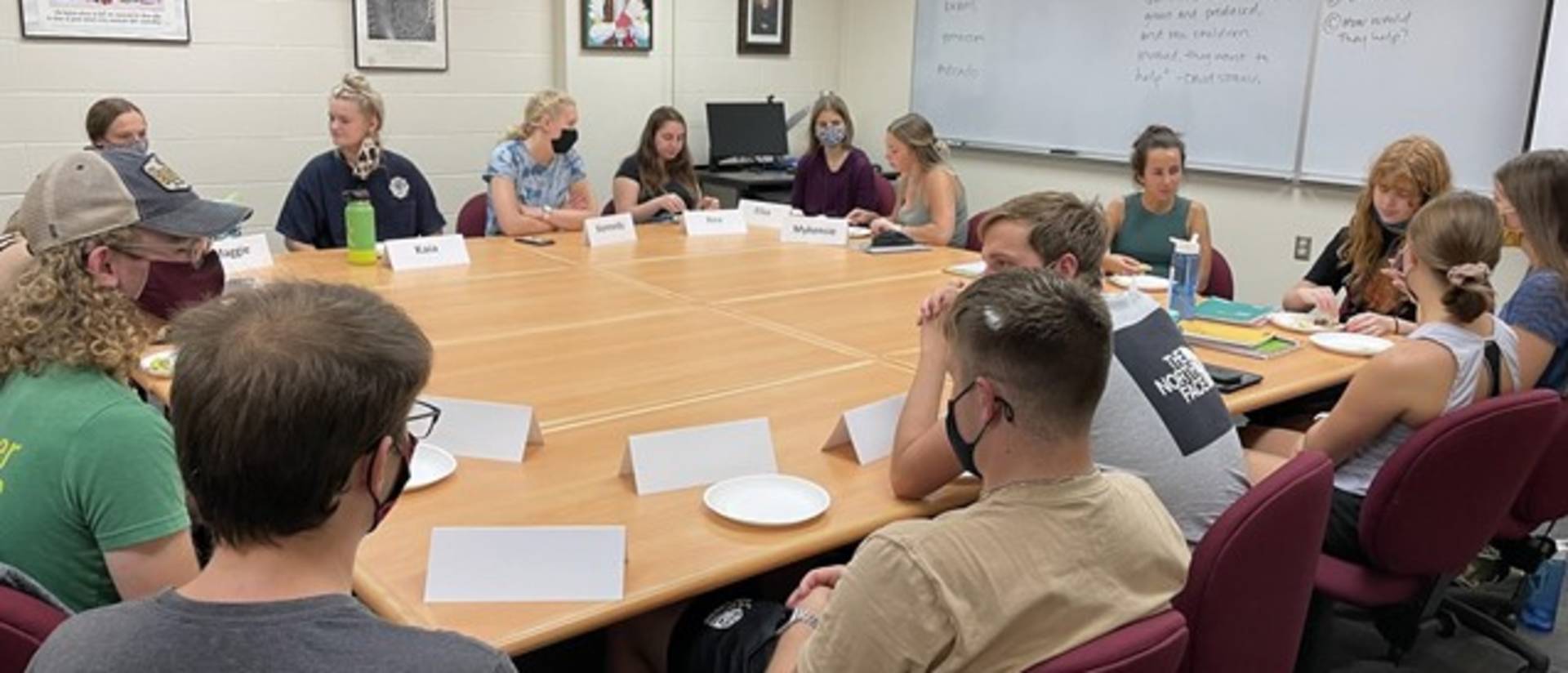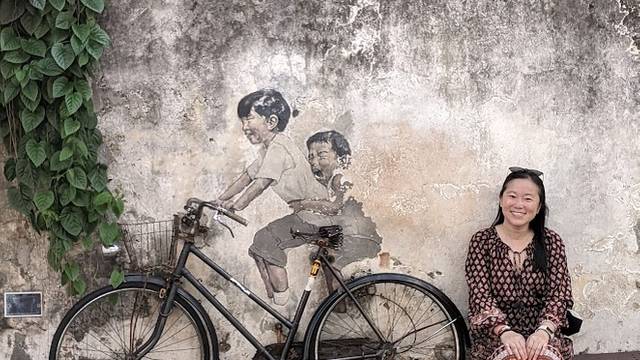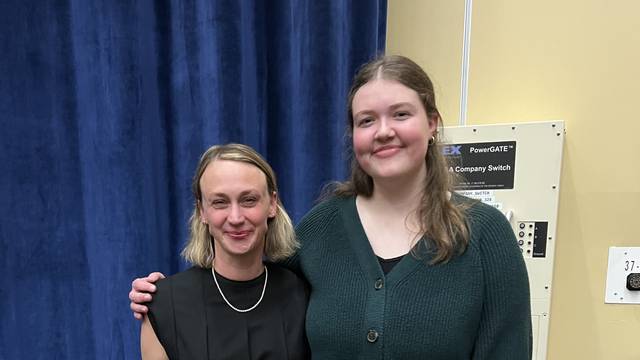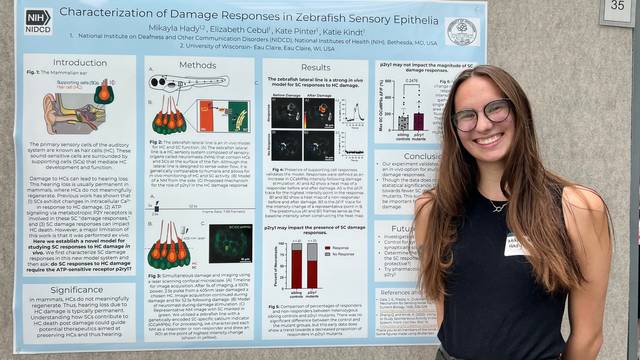“This magical, marvelous food on our plate, this sustenance we absorb, has a story to tell. It has a journey. It leaves a footprint. It leaves a legacy. To eat with reckless abandon, without conscience, without knowledge; folks, this ain’t normal.” -Joel Salatin
“Food Justice: Hunger, Health, and Human Rights from Seed to Plate” is a fall 2021 honors course that unpacks the food system in the United States. Dr. Briana Rockler, an Assistant Professor in Public Health and Environmental Studies, guides her students to understand the footprint, or rather “foodprint,” they leave on this world with the food choices they make.
With a background in public health and food systems, Rockler takes her students down the rabbit hole of what food justice is. Her students apply the concept of a justice lens to the United States food system and Rockler helps break down the process used to put food on their plates.
She poses questions that allow the class to explore the meaning of justice. Is the food system fair to the farmer, producer, distributor, and consumer? Who is this food accessible to? What are the implications for the soil? Are working conditions ethical?
“How did it get from the ground to my hands,” is the approach Rockler wants her students to keep in mind when making their food choices.
Fourth year Environmental Science and Eco Justice student Iris Redland echoed this sentiment.
“We’ve had some awesome conversations in this class about food access, equity, food environments, and the origins of the foods we eat today,” Redland said. “We’ve reflected on our own relationships with food, from the food we grew up eating to the ways we access food today.”
This course helps individuals to better understand the implications of their food choices and how many societal aspects all intersect with our food system. Rockler explained that human rights and our health have an intersectional relationship: the way the system has been designed perpetuates disparities in our society.
Twyla Alix, a second-year Organizational Communication student, said this class has opened her eyes to what food justice truly is.
“There seems to be this widespread assumption that we have conquered hunger in America, but it is easy to see that these injustices are still faced by a substantial portion of our citizens,” Alix said.
This class is particularly relevant to college students, she said. Most students are trying to stay within a certain budget and are on the hunt for the cheapest foods. It is important to understand the consumer drive to buy cheap foods, and the consequences of that.
“The more we can inform students, the more they can share this knowledge their family members and their peers, the better we will be able to address the food system later,” Rockler said.
The consequences of what we buy, and how we buy it, can be contributing factors to violation of human, animal, and environmental rights.
“Everything boils down to food. We need it to survive and it can also be used as a weapon against society; we can withhold food, we can provide food,” she said.
Rockler, aware of how broken the food system is, said she doesn’t expect her students to go out and try to tackle the entire system. Rather, she encourages her students to work to be more mindful of what they eat, and make small choices when it allows.
The class enjoys food together as part of this mindfulness, to embrace the connection we all have to food. She recalled how a student turned in an assignment that contained a recipe from her grandma. There are so many cultural connections to food that give us an opportunity to reflect on the memories we have associated with eating, she said.
Rockler said, “part of food justice is the opportunity to appreciate your food with another person.” She explained that eating together is a way that we bond and connect; when you go on a date night, you usually have a meal together, she said. It’s a social interaction that focuses on the pleasure and celebration of eating.
Utilizing this mindfulness is key in understanding the impact of your foodprint—it is the first step in working towards creating more conscious and sustainable food practices.
“Their food choices have an impact that goes beyond what they can see immediately right in front of them,” Rockler said. “That is what I would like them to carry out into the world.”



